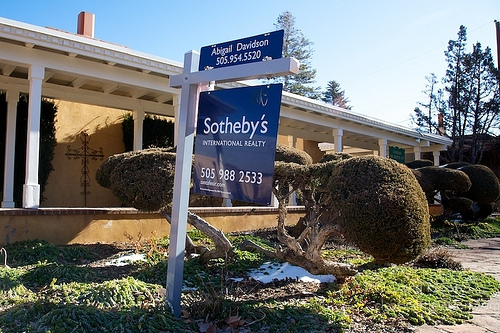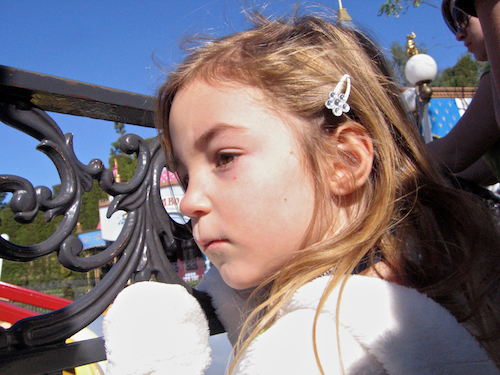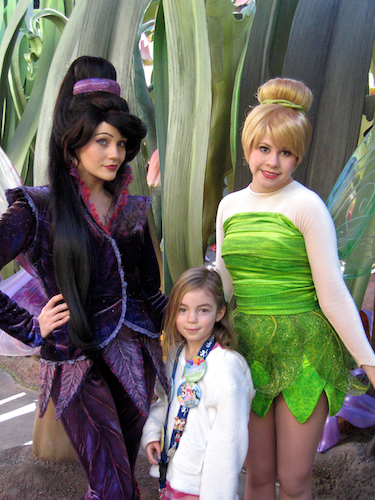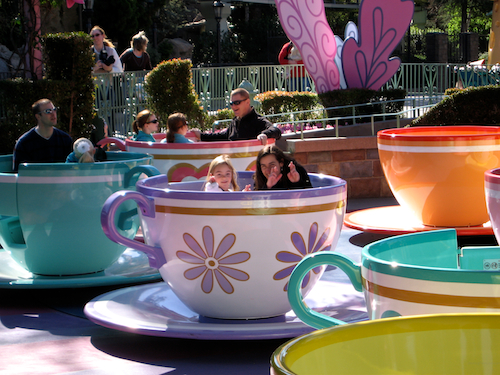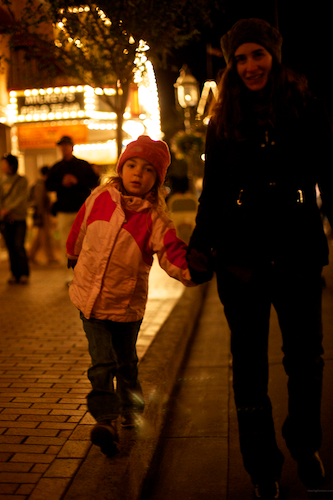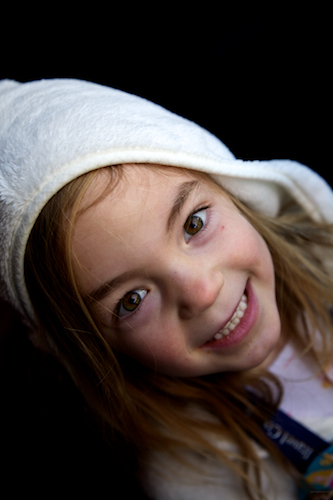Las Vegas is loud. Super loud. As soon as you get off the plane there’s neon and slots in the airport concourse.
Then you arrive at your hotel (in my case the monstrously large MGM Grand), and you see the full range of first-world humanity walking through the casinos, and it’s not a pretty sight. Brides in their dresses walk past frat boys carrying drinks the size of hockey sitcks, toddlers run by Asian couples dressed to the nines, and an old man smoking a pipe wanders past a guy in shorts and wife beater.
I’m one of the folks with the lanyards round their neck – conference attendees. I’m at the Wedding and Portrait Photographers International conference until Wednesday.
It’s the end of Day 1 and I’m knackered – party from an early start to fly in this morning. Both the talks I’ve attended so far were good, in different ways. The first by Jared Platt and the second by Jason Aten.
First up was smart, thoughtful and acerbic Jared Platt. His talk, called ‘The Photographer’s Eye’ was more conceptual and less immediately practical than many here (I’m guessing – his was my first one ever), as he stressed that we won’t get hired for our technical ability, but for our eye and instinct. Here’s a quick overview (he’ll forgive me if I’ve garbled what he was saying).
He outlined five elements to consider that will help you distinguish your work from others – including Uncle Bob with his new DSLR (which is capable of doing 90% of what yours can do).
1) The Thing Itself (here we have an advantage as portrait and wedding photographers, because our clients already love what we’re shooting). But Platt argued, the best thing we can do is make sure the images are about our subjects not about us being too precious.
That said, how we handle the other elements will determine whether anyone else responds to our images:
2) How we see the subject – our vantage point: creating depth and energy, making best use of the light, make sure this image is clear: all these depend on our vantage point.
3) How we frame the subject – here’s where we lie the most, argues Platt. But inclusion or omission, we make the world of the image what we want it to be. Busy, lonely, calm or unsettling – much of this is done with framing. Peace comes from leaving room in the frame for the subject to breathe, energy and dissonance from cropping tight (especially to the point of leaving bits of people out of the frame entirely.
4) What details we show – as details suggest the story.
We can’t every really know from only looking at an image what happened – and our clients already know the story. But it really helps to tell your version of the story while you’re showing them the images, to show why this image matters and remind them of the feeling behind it. And Platt made a good point when he pointed out that photographers’ blogs are an excellent way of letting other people know the story of a particular shot – by including the image and some text explanation it brings out the narrative that the image by itself is incapable of telling.
5) When we shoot it – the exact moment we choose to shoot is the final piece. He gave a couple of nice examples of waiting for passers-by to enter his shot to make it exactly what he wanted.
He finished by stressing that photography is about curiousity and seeing the world in our own way. That’s why we get hired, and why our photographs look different to everyone else’s.
I’ll blog on Jason’s much more practical but very useful talk later. Right now my brain’s about to turn to mush. More tomorrow.

